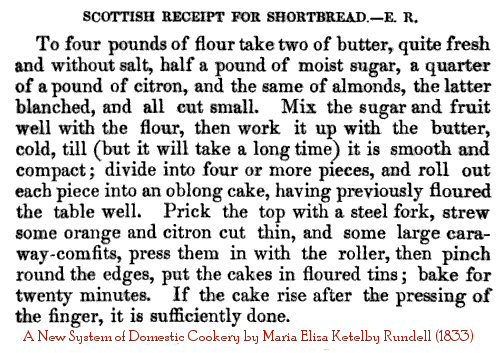Here are some books found on this website: http://historiccookingschool.com/1910-dr-miles-cook-book/
These could be useful....so far I have found this lady (Emma Churchman Hewitt ) who published a book with recipes and images of those foods from the 1910s.
Here are some of the pages from this link above, these images show how food was shown in cookbooks in 1910. Food was drawing/illustrated rather than photographed.
Here are some of the pages from this link above, these images show how food was shown in cookbooks in 1910. Food was drawing/illustrated rather than photographed.




















